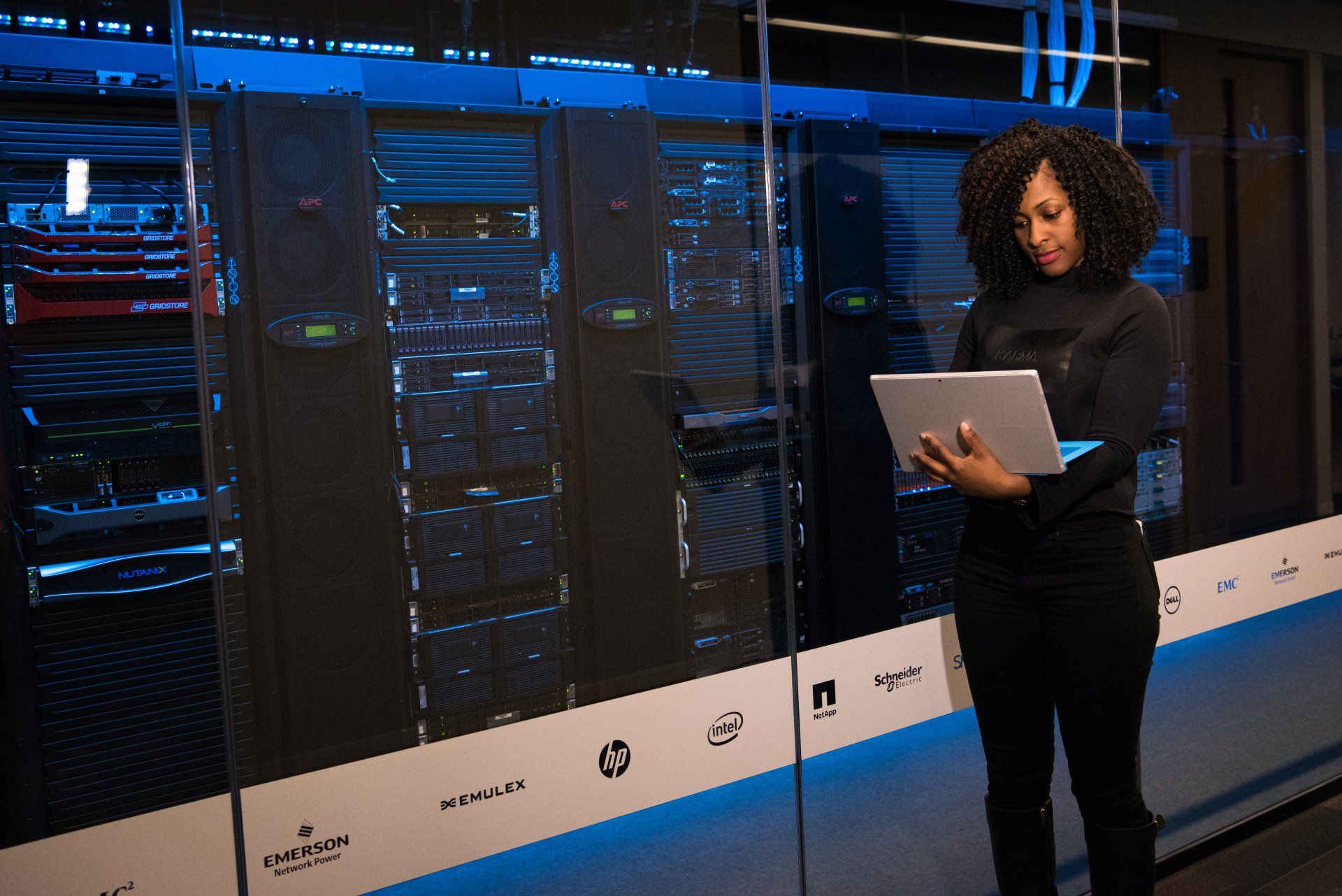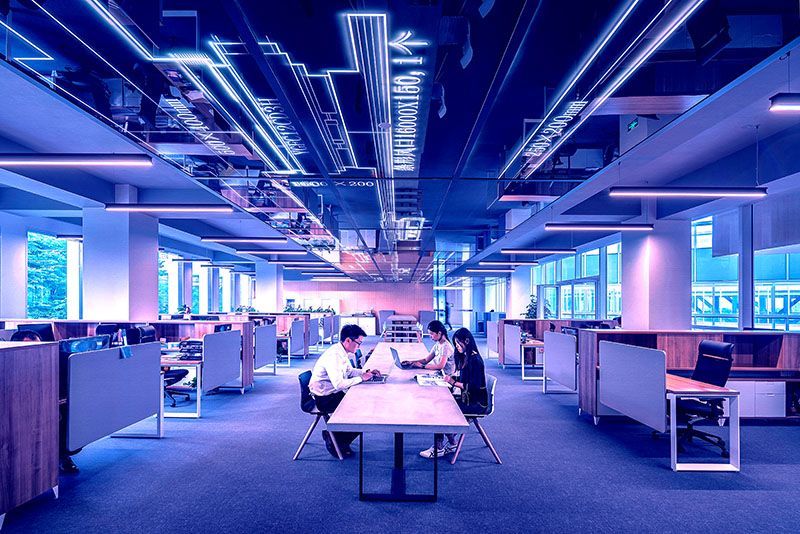Data Centres, Edge & Cloud
Analyse,
Optimise,
&
Migrate your Estate
We offer hybrid solutions to optimise your data storage, management and security
Our solutions bridge the gap between cloud and data centre colocation. By developing sophisticated hybrid solutions, we make certain that the transformation process is flawlessly executed. This ensures our clients fully benefit from the synergies and advantages that these combined strategies can offer. Our services, covering strategy, design and construction, are aimed at three types of customer.
Enterprise Clients
We partner with enterprise clients to create and implement the best strategy for hosting and managing their IT estate, ensuring that all aspects are optimised for requirements.
Investors
We work with investors to significantly enhance the value of their data centre assets. We serve as trusted advisors, providing detailed assistance in due diligence processes, conducting comprehensive technical assessments, and connecting them with new opportunities and potential customers.
Data Centre Operators
We collaborate extensively with data centre operators to improve operational efficiency and sustainability. Our goal is to increase overall profitability by identifying and implementing strategies that unlock and leverage viable customer business cases.
We have a dedicated team who are experienced in strategy, design, cost reduction and optimum performance strategies
Engaging our services means benefitting from our strategic insights, technical proficiency, and commitment to excellence. We pride ourselves on our ability to deliver transformative results that drive operational success and competitive advantage.
CONTACT THE TEAM
Case Study
Data Centre Consolidation
Cambridge Management Consulting assisted a major UK financial institution with a long-term consolidation programme of its data centre estate. The client's data centres were outdated, inefficient, and built with little coordination between property and IT departments. Their flagship data centre was underutilised, increasing costs and reducing operational efficiency.
We conducted thorough analysis to understand the current and future utilisation of data centres under a hybrid cloud strategy.
The outcomes included reducing standalone data centre facilities by over 50% and HQ computer rooms by over 90%. Secondly, we coordinated increased and continued utilisation of the flagship data centre as legacy systems were migrated to hybrid cloud solutions. Finally, our team bridged communication gaps between property and IT departments to align their objectives.
How we help our clients
Our team of experts has decades of experience providing exceptional service to data centre operators, investors and enterprise clients
Hybrid Stategy
Most enterprises are following a hybrid strategy for their IT but can struggle to get the savings and efficiencies that are meant to follow. Our experts can help refine strategies, optimising operating models, organisational structure and technology choice for multi-cloud orchestration.
Due Diligence
Whether you are looking to acquire data centres, or just space within one, our team can help assess your options from many angles, including location, technical, engineering, risk and business model.
Migration Strategies
Migrations, whether to the cloud or between data centres, can be expensive, time-consuming and high-risk. Our experts have been involved in migrations of all shapes and sizes and can help you minimise cost, risk and delivery time.
Business Cases
Business cases are the foundation of successful transformation strategies and programmes. Without a compelling financial model, it can be difficult to justify the change. Our team can work with you or your customers to develop robust business cases for all forms of investment and change programmes.
Design & Construction
End-to-end solutions to create state-of-the-art facilities that meet your specific operational needs and sustainability goals. From initial concept design, through procurement, supplier negotiations and project management, our team ensures that every aspect of your data centre is meticulously planned to optimise energy efficiency, performance and scalability.
Estate Strategy
If you own or lease multiple data centres, our experts can help optimise your estate, identifying the most efficient and sustainable strategies for managing your portfolio of assets
Edge Strategy
Distributed compute platforms, or edge data centres, are set to grow to the same scale as public cloud services. Our team has been deeply involved in the development of the edge industry since its start and can help you develop your own strategy to exploit this exciting new platform.
Our Data Centre practice is led by Duncan Clubb
Senior Partner - Data Centres, Edge & Cloud
Duncan is a Senior Partner at Cambridge Management Consulting, specialising in data centre and edge compute strategy. He began his career in software development before moving to IT infrastructure and critical systems. He has been building, operating, analysing and optimising data centres since the 1990s and has been at the forefront of technical innovation as well as being a well-known figure across the industry. He has been a pioneer in the development of strategies for edge or distributed data centre and cloud platforms.
Duncan has extensive experience as an IT consultant and practitioner and has worked with many leading organisations in the financial, oil and gas, retail, and healthcare sectors. He is widely regarded as a leading expert and is a regular speaker at industry events. He has also written articles and white papers for a variety of specialist publications.
Our team can be your team
Our team of experts have multiple decades of experience across many different business environments and across various geographies.
We can build you a specialised team with the skillset and expertise required to meet the demands of your industry.
Our combination of expertise and an intelligent methodology is what realises tangible financial benefits for clients.
SPEAK TO THE TEAM
Data Centre insights


"Cambridge MC helps a large banking corporation halve their data centre operating costs by consolidating their data centre estate and making flagship locations more efficient."
—UK Banking Group
"Halve their operating costs"
Get in touch with our Consultants today
Case Studies
Our team has had the privilege of partnering with a diverse array of clients, from burgeoning startups to FTSE 100
companies. Each case study reflects our commitment to delivering tailored solutions that drive real business results.
CASE STUDIES
A little bit about Cambridge MC
Cambridge Management Consulting is a specialist consultancy drawing on an extensive global network of over 200 senior executives in 22 countries.
Our purpose is to help our clients make a better impact on the world.
ABOUT CAMBRIDGE MC


















